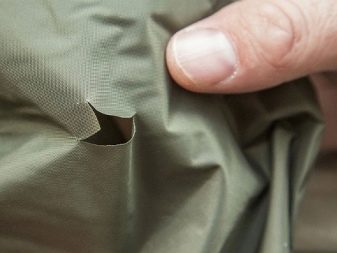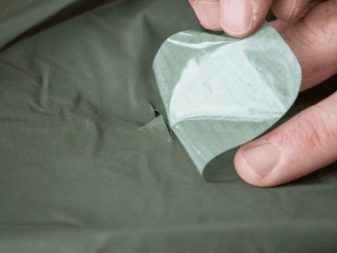All about tarpaulin

Currently, a wide variety of fabrics are made in textile industries. Tarpaulin is a popular and well-known material. For many people, it evokes associations with tourist or military equipment, but this fabric is used for the production of many other things. The article will focus on tarpaulin.



What is it and what is tarpaulin made of?
Before understanding all the main features and description of the tarpaulin, it is advisable to answer the main question: what is this material. So a tarp is a high density canvas. It is impregnated with special water-repellent and refractory compounds. Typically, the color of the material in question is pale yellow or brown. Slightly less common are orange tarpaulin variations. Currently, tarpaulins are also called fabrics that are made from other components, but with similar properties.
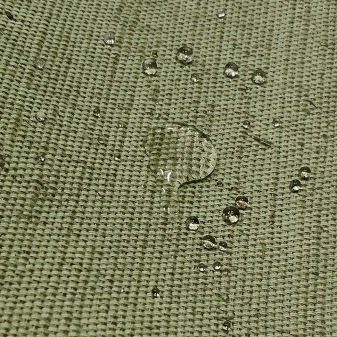

The use of tarpaulin fabric dates back to the days of the first ships with sails. Special impregnations began to be used not immediately, but only after some time. From the resulting material, they began to produce not only sails, but also tents, raincoats, and gun awnings. Soon, the manufacture of waterproof robes for sailors, as well as equipment for firefighters, was established.
High-quality fabric is made exclusively from natural ingredients. We are talking about linen fibers, as well as cotton and jute. High-strength fabric is made from thick threads. These components are collected in a rather tight twist.
The current weaving masters weave the material in question, resorting to plain weaving.The fabric is treated with impregnations at the final production stages.


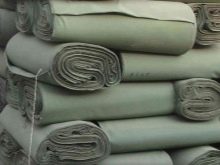
Advantages and disadvantages
Tarpaulin is a very popular and well-known fabric that is widely used in many different industries. The demand for dense matter is due to the advantages that it has. Let's mark the most important of them.
- The textile product is a highly durable fabric. It is very difficult to tear or puncture it. Not every type of textile can boast of a similar strength level.
- The fabric in question is not subject to abrasion, even if it carries significant loads.
- The tarpaulin fabric is resistant to wear and tear. Thanks to this, such a woven fabric can serve for a long time without losing its original positive qualities.
- The service life of high-quality tarpaulin fabric can reach 50 years.
- Despite its high density and strength, the tarpaulin is able to provide a sufficient level of air exchange.
- The considered dense material is recyclable.
- Tarpaulin is a high-strength and wind-resistant type of dense material.
- Reliable and durable fabric is characterized by complete environmental safety. As part of a high-quality tarpaulin, there are no dangerous and aggressive substances that can harm humans and other living organisms.
- Modern woven fabrics can resist an open flame for a short period without considering the ignition.
- Water cannot harm the tarpaulin if it is dry in time. This also applies to many other biological factors.
- Tarpaulin is currently one of the relatively inexpensive and readily available woven fabrics.
- Fungus and rot are also not harmful to the matter in question. Pathogenic bacteria cannot grow on the surface of the tarpaulin.
- Many different goods are made from dense and sturdy fabric. Quality tarpaulin suits are widespread.
When a person moves in such things, they do not emit annoying rustling sounds.
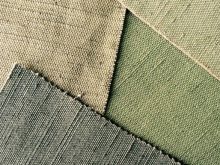
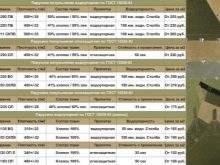
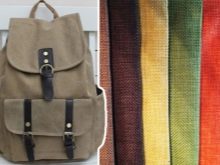
Despite the long list of advantages, tarpaulin is a material that has certain disadvantages. Let's get acquainted with the most significant of them.
- Clothes made from canvas fabric can be very difficult to wash. This disadvantage is due to the fact that the dense material becomes very heavy during washing.
- If the weather is very cold and frosty in the yard, then it is strongly not recommended to use the canvas fabric.
- Unfortunately, even the highest quality tarpaulin equipment is characterized by an impressive weight. This can make it difficult to wear.
- If you do not deal with drying a very wet tarpaulin, then its initial positive qualities can be reduced or completely lost.

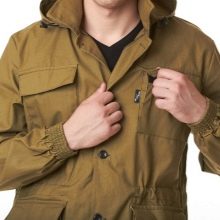

Views
Popular tarpaulin fabric, which has a lot of positive qualities, is divided into different types. There are 2 main criteria by which the material under consideration is subdivided.
By composition
High-quality tarpaulin fabric is divided into various types based on its immediate composition. There are such variations of this dense textile.
- Semi-linen. This type of canvas is very popular. It is based on a combination of cotton and linen.
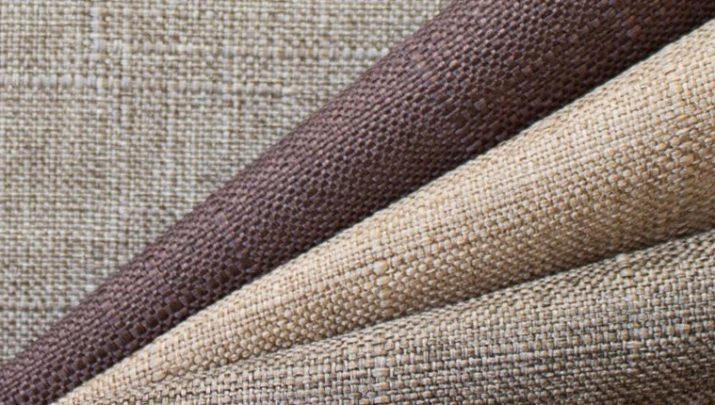
- Jute. Jute tarp is characterized by a high degree of rigidity. In the manufacture of such a fabric, jute is used together with cotton in equal proportions.
The considered category of fabric is more economical, but at the same time it is characterized by high rigidity and high weight.
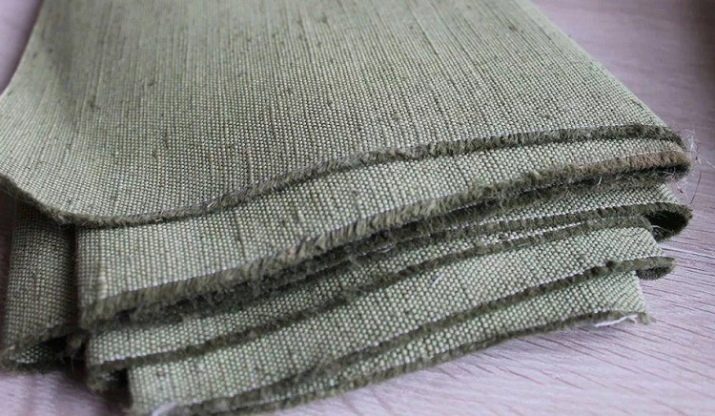
Impregnation
The tarpaulin material can be supplemented with different types of impregnation.
- Flame retardant. A characteristic feature of the material with fire-resistant impregnation is its color design. The latter can range from yellow or orange to brown.As a rule, the fabric in question is involved in the production of protective clothing designed for work in high temperature conditions.

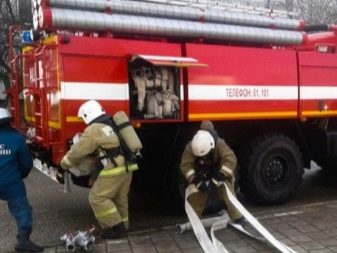
- Waterproof. Tarpaulin fabric can be treated with high efficiency water repellent treatment. Such material is used to make hoses for extinguishing fires, clothing for the military or for tourism. High-quality waterproof impregnation gives the base material in the roll a characteristic green tint.

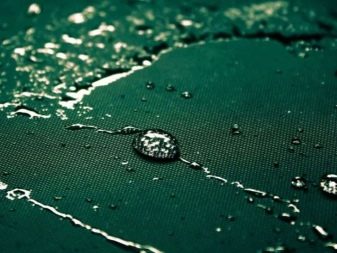
Marking
Based on the quality and functional characteristics of the tarpaulin fabric, various marking options can be assigned. Paying attention to them, you can quickly determine with what impregnations the material was processed, what properties it is endowed with.
Currently, tarpaulins are marked as follows.
- OP. This brand marks a high-quality refractory material that can resist combustion for 35-60 seconds.
- IN. This brand is placed on water-repellent dense fabrics. Such products are designed to withstand moisture up to 100 mm of water. Art.
- SKPV. The indicated marking is deciphered as a light-combined tarpaulin with increased water resistance.
- SCOP. There are also substances with this marking. It indicates that the material is light-combined, refractory, resisting ignition from an open flame for up to 50 seconds.
The markings are assigned to the tarpaulin material in accordance with the current GOST.
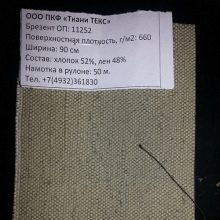
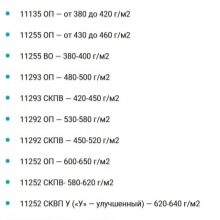
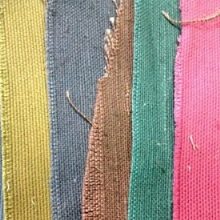
Applications
The popular material in question is considered to be one of the best for protection from wind gusts, rain, sunlight and even fire. This material is indispensable for extreme and field conditions.
Consider why high-quality tarpaulin is most often used.
- The fabric is widely used in the military field. The fabric is often used for the production of military uniforms.
- Very reliable and high-quality tents, awnings, as well as camouflage shelters and covers are produced from the material in question.
- The fabric is also indispensable in firefighting. High-strength protective pants, jackets and gloves for firefighters are made from it today. In addition, hoses and hoses for fluid supply are made from this material.
- High-quality workwear is made from dense fabric. The latter is used in metallurgical and welding industries. Protective aprons, fencing screens, curtains and transport-type belts are also made of fabric.
- The material also turns out to be useful in everyday life or in agriculture. The tarpaulin makes excellent capes, canopies, raincoats, mittens, bags. When arranging sheds or various storage facilities, the fabric in question is also used very often.
- Tarpaulin is widely used in the manufacture of durable and wear-resistant items designed for use in non-standard conditions. We are talking about tents, reliable rucksacks or storm jackets of various widths. Tarpaulin products are most often bought by avid fishermen, shepherds, car owners and hunters.
- Often the fabric in question is used in construction, as well as in forestry. For example, tarpaulins make beautiful car covers or awnings. In addition, this material is suitable for the manufacture of durable and original swing.

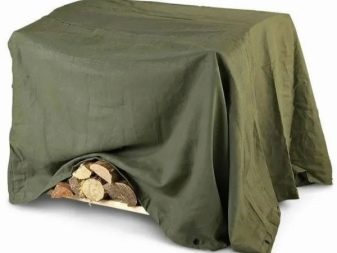
This type of textile is very popular. It is used in a wide variety of areas of life. Often it is from tarpaulin that awnings are made for street cafes or car parks. The material harmoniously fits into environments designed in a variety of styles, such as Provence, loft or eco.
Despite the fact that canvas fabric looks rough and simple, many talented designers and fashion designers use it in their collections. Very unusual and attractive bags, belts, accessories and components of military-style clothing come out of the fabric.

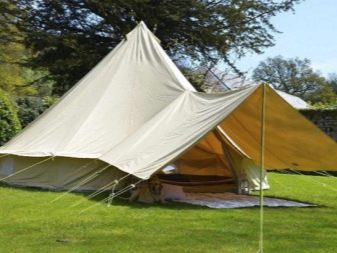
Care
It should be borne in mind that washing the fabric in question causes many difficulties. Because of this, the weight of the matter increases significantly, a gradual washing out of the special protective impregnation occurs. The easiest way to remove dirt that has appeared on the material is by dry cleaning with a brush. You can also do wiping with a slightly dampened towel. If there is a noticeable stain of fat on the fabric, then the stained area should be thoroughly lathered and then wiped with a sponge or brush. At the end of the procedure, wipe the cloth with a damp cloth.
High density rubberized or treated material dries for a long time. Products made of tarpaulin should be hung in a dry and well-ventilated area so that they are not subject to creasing. Direct rays of the sun should not hit the matter, as this often leads to its shrinkage.
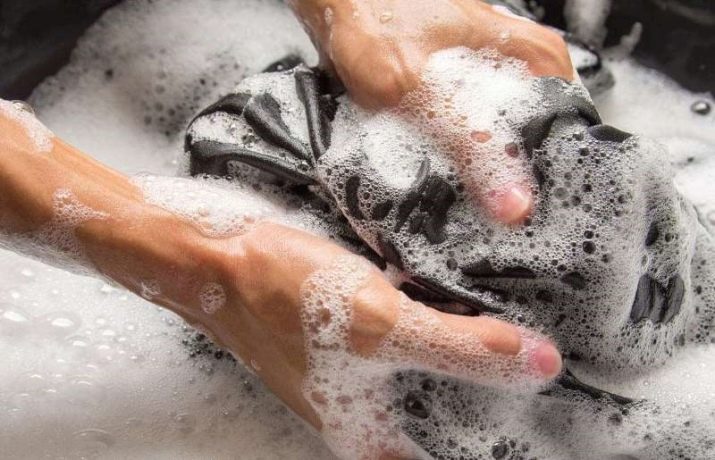
The edges of the canvas fabric can be efficiently processed using the following methods.
- With the use of an overlock.
- By hemming with lavsan thread.
- With the help of an oblique inlay.
- With the use of transparent polyurethane-type glue.
If a hole nevertheless forms on the material in question, it can be repaired in various ways.
- If there are small tears on the fabric, then they can be repaired by means of a boatswain suture.
- If there are medium-sized injuries, then it is advisable to mend them with a sail seam. In this case, it is necessary to move in the direction from left to right.
- If there are large holes in the tarpaulin, it makes sense to apply patches. The edges of the latter must be carefully folded inward by about 12 mm.
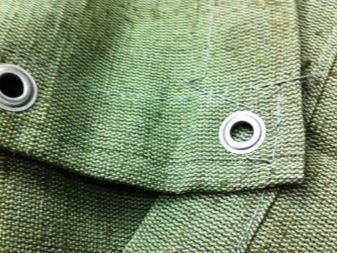

Small holes that appear on dense material can be quickly and easily glued together. It makes sense to turn to this method only if the canvas items do not come into contact with liquids.
- First, the surface of the damaged tissue must be thoroughly degreased.
- After that, an adhesive mixture is applied to the required area.
- Finally, the damaged item is squeezed very tightly, or placed under a press to secure the result.
If it is planned to repair the tarpaulin fabric by means of an adhesive, then the latter must necessarily have properties suitable for this. The best are the following types of glue:
- "Vinstik";
- Cosmophen;
- "Moment Crystal";
- Anles.
